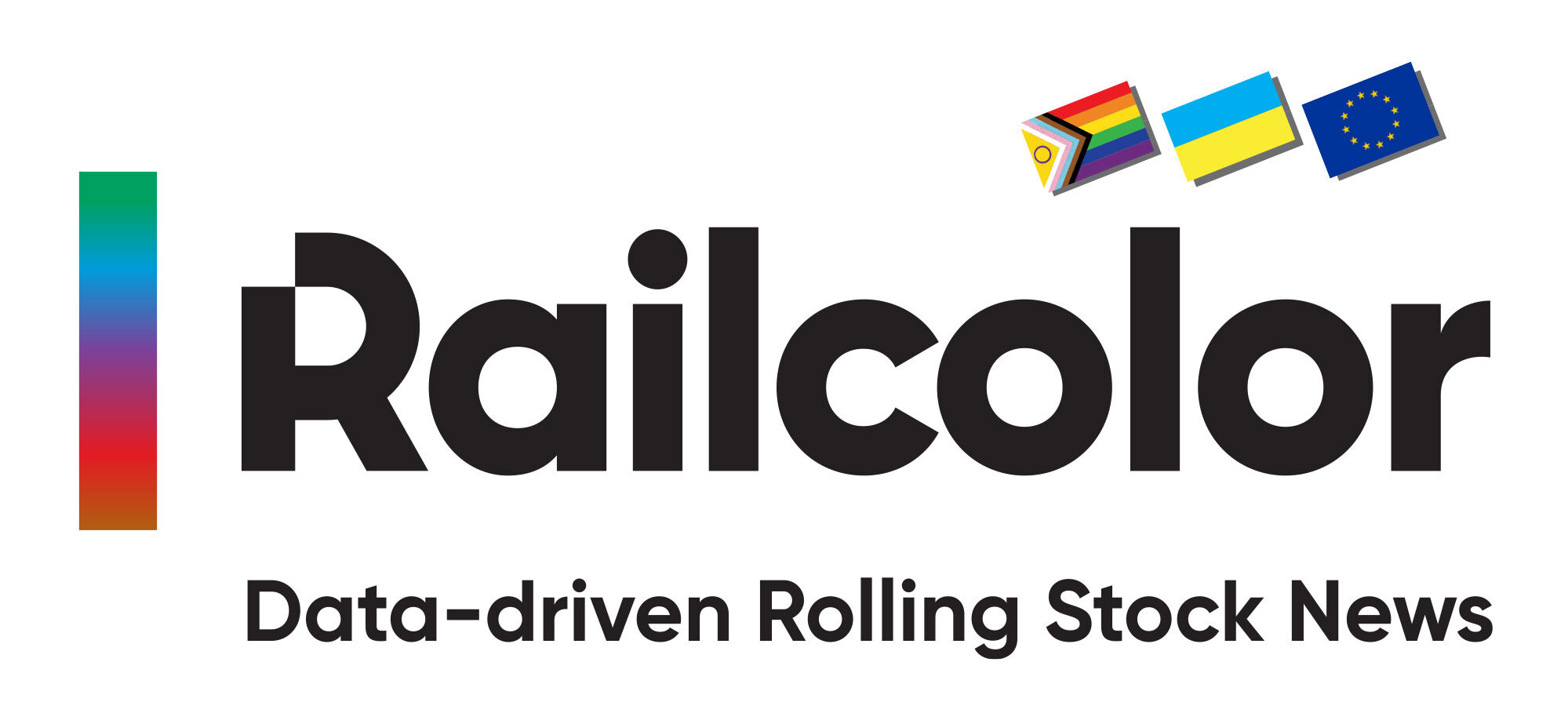Thello, the Trenitalia brand for trains connecting France and the north of Italy, has announced the end of its services. Today the very last loco-hauled Thello train arrived in Milan.
To continue reading this article – you need a Railcolor subscription. You can order one here.





